Seniors help Claremont’s high vaccine rate
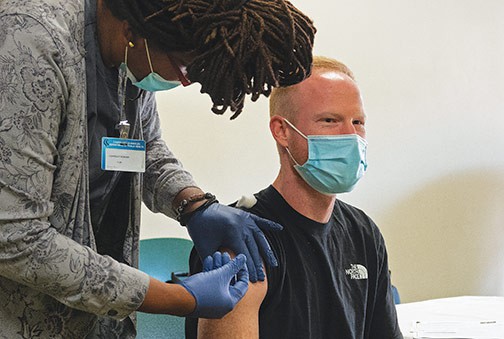
by Steven Felschundneff | steven@claremont-courier.com
As the pandemic stretches into its second year, the massive federal program to get the American public vaccinated against COVID-19 has come to dominate the conversation in recent weeks.
In California each individual county has been given the authority to administer its local program, which has led to some areas where the vaccination rate is quite high while others struggle with low numbers.
Los Angeles County is doing pretty well considering it has by far, the largest population. As of April 6, a total of 70.2 percent of county residents 65 and older have received at least one dose of the vaccine and 55 percent are fully vaccinated, the Los Angeles County Department of Public Health reports. This, of course, is a crucial metric because eighty percent of COVID 19 deaths nationwide have involved people in this age demographic.
More than 4,913,000 doses of COVID-19 vaccine have been administered in L.A. County, including 1,746,103 people who have received second doses and 136,232 people who received the single-dose Johnson & Johnson vaccine, according to the county’s vaccination tracker.
In total, 37.1 percent of the county’s population 18 and older have received at least one dose of vaccine and 21 percent are fully vaccinated.
Updated regionalized data on the vaccination effort on Friday showed Claremont continues to have a high vaccination rate, although it has slipped somewhat compared with other cities. Data collected through April 4 show that 14,649 Claremont residents, 45.1 percent of the population, have received at least one shot. Among residents age 65 and older, Claremont is doing much better with 82.9 percent of that demographic vaccinated.
The city of Claremont partnered with Los Angeles County Public Health for a vaccine clinic at the Hughes Center on Wednesday, offering 150 appointments for people who currently qualify for the inoculation under county guidelines. Interest in the clinic was moderate and as of Tuesday there were so many appointments still open that the city asked if they could fill the slots with anyone age 16 or older. That request was denied by county public health officials even though the 16 and over demographic qualified for the vaccine the very next day. Plans are in the works to offer another clinic in the next few weeks that would be open to all county residents.
Wealthy communities continue to dominate the list of top vaccinated places with much of the west side of the county reporting well over 45 percent of the population inoculated, including Rolling Hills Estates at 55.4 percent, Culver City at 52.7, Palos Verdes Estates at 51.3 and Beverly Hills at 51.7. Communities with the lowest vaccination rates include many with majority Hispanic populations and those with the fewest resources, including Compton at 23.6 percent, Cudahy at 25.6 Lancaster at 26.1, Pomona at 27.4 and Hawaiian Gardens at 28.2.
Short supply of doses was a major obstacle early in the vaccination effort, however vaccine hesitancy, including among people who say they will never get the inoculation and those who want to see how it works out for others, is quickly becoming a bigger challenge in reaching herd immunity.
According to the Kaiser Family Foundation’s vaccine monitor program, which has been tracking the public’s attitudes and experiences with COVID-19 inoculations, nearly forty percent of rural residents say they have already received at least one shot compared with 31 percent for suburban and urban residents. The foundation’s findings suggest this is likely due to greater access, including ample local vaccination locations and supply in rural areas.
However, among those who have not received the vaccine the results are reversed. One in three rural residents say they will never get vaccinated, 21 percent, or will get the shot only if required, nine percent. Meanwhile, one in five suburban residents and just one in six urban residents gave the same response. Thirty-five percent of urban residents reported they would get the inoculation as soon as possible compared with 28 percent of suburbanites and 16 percent of people in rural areas, indicating that gaps in inoculation rates are poised to start growing.
The groups within rural communities that are the least likely to report either already receiving a vaccine or planning to do so as soon as possible are Republicans, White Evangelicals, essential workers in fields other than health care, and young adults 18-49. About three in ten in each of these groups report they will “definitely not” receive a COVID-19 vaccine.
Unfortunately, although men, and men of color in particular, have significantly higher risk of dying from COVID-19, males in Los Angeles County, specifically Black and Latino males, have much lower vaccination rates. Fewer males are being vaccinated than females, with only 30 percent of males in Los Angeles County having received at least one dose of vaccine as of April 4, while 44 percent of females have received at least one dose of the vaccine. Black and Latino males are also being vaccinated at lower rates than those for all other groups. Only 19 percent of Black males in Los Angeles County and 17 percent of Latino males received at least one dose of vaccine, compared with 35 percent of Asian males and 32 percent of White males in Los Angeles.



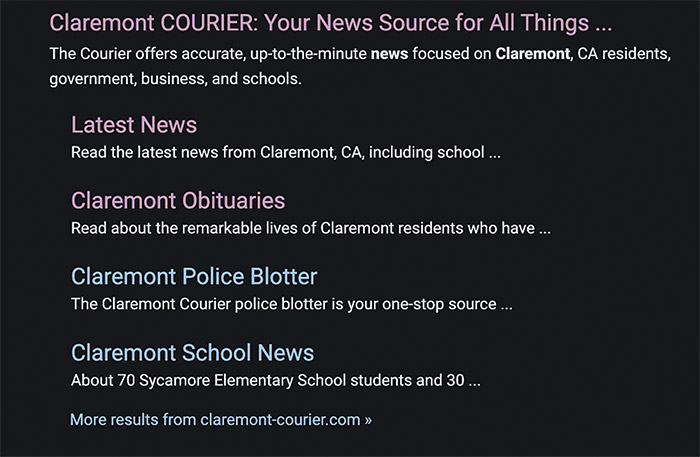
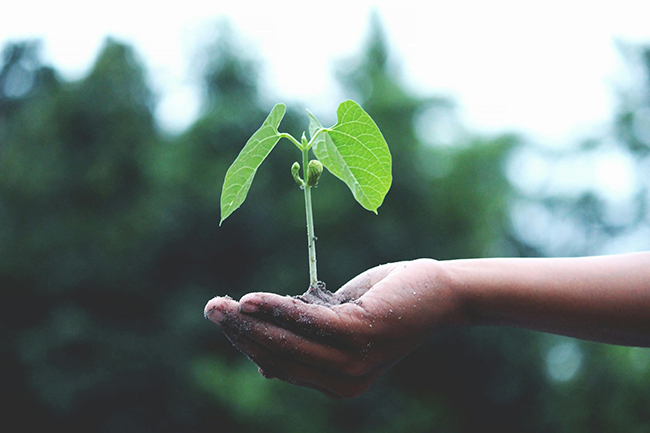
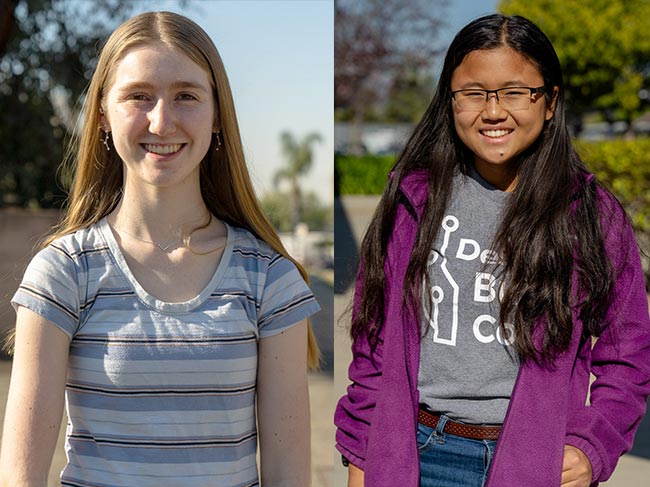


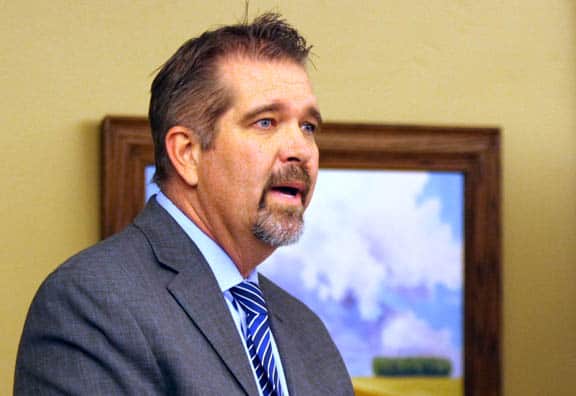

0 Comments